Think the Critérium du Dauphiné always reveals the winner of the Tour de France? It may be time to think again.
Even as a warmup race to the most important Grand Tour in cycling, the Critérium du Dauphiné often hides more than it reveals. Can it help us answer the question of who will claim victory in Paris, even in the era of unquestioned Pogačar dominance? Not quite. Here’s why this Tour de France warm-up rarely tells the whole story, and why the real battle for the yellow jersey is still wide open.
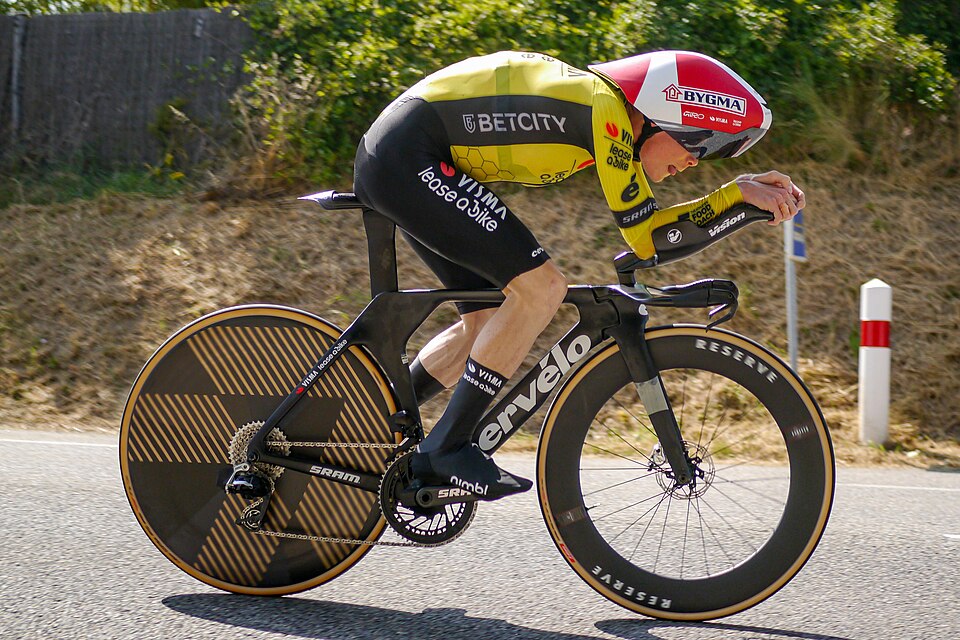
Photo from Wikimedia
A strong Dauphiné showing for 2025.
For any and all viewers who tuned into the 2025 Critérium du Dauphiné, the outcome was hardly a surprise. The week-long stage race was yet another dominant performance for Tadej Pogačar (UAE Team Emirates) that seemed to bode well for the upcoming Tour de France.
Over the course of the eight-stage outing (with an exception for the time trial), Pogačar appeared significantly fitter and stronger than his main rivals, Jonas Vingegaard (Visma–Lease a Bike) and Remco Evenepoel (Soudal Quick-Step). His 59 second lead over Vingegaard, who appeared strong but not quite himself over the course of the week, was a comfortable margin for victory. Evenepoel, despite a strong time trial performance mid-week, ended up finishing over four minutes behind. At this point, the gap in form between him and his fellow GC men may be too substantial for him to hold onto much hope for July’s crucial mountain stages.
Pogi’s all-around dominance was further underscored bsy his three stage wins. These included a sprint victory on Stage 1 against his key rivals and Mathieu van der Poel (Alpecin Deceuninck). He also conquered both major mountain stages, notably Stage 7 with over 5,000 meters of altitude gain. On the queen stage’s final climb, Pogačar almost appeared to be in “cruise control” mode, sitting up towards the end.
Could he have easily extended his lead over his rivals to a minute or more? As with all things Critérium du Dauphiné, the proof is not quite in the pudding just yet.
Nods to the near and far future.
Tadej Pogačar has had a fantastic recent injury-free streak and period of race preparation. His spring Classics season has given him a significant advantage on marking 2025 as a success. His rivals, on the other hand, have faced more setbacks.
Vingegaard has only finished one complete stage race this year, the Tour of Algarve. A concussion from a crash in Paris-Nice sidelined him from participating in the Volta a Catalunya. At first blush, even if Vingegaard improved his form during and after the Dauphiné, the gap between him and Pogačar still appears too substantial for Vingegaard to overcome by the Tour de France. It looks likely, using the past week’s race result as a guideline, that he will finish in second place again this July.
Embed from Getty ImagesSimilarly, Remco Evenepoel, despite a full Classics schedule, seems to be still recovering from a December training crash. His rivalry with Pogi in the Ardennes was a little overhyped, but since then, we haven’t really seen enough of him to make a judgement call. While he’s also likely (and frankly expected) to improve for the Tour, it also likely still won’t be enough to challenge Pogačar.
Read more: Evenepoel versus Pogačar: A Rivalry in the Ardennes
It’s easy to resign yourself to absolute Pogi dominance and say, “well, we’ll always have 2026.” Could it be a more level playing field? But if last year’s freak crash in Itzulia Basque Country is any example, there’s no telling what the future may hold. For now, Dauphiné was more interesting for its glimpses at riders beyond the “big three.”
Florian Lipowitz (Red Bull Bora Hansgrohe) finished strong in third place on Sunday, after making a comeback on the final stage to avoid losing time to Evenepoel. His time trial was surprisingly strong, coming in fifth place just eight seconds behind a mediocre Pogačar. Red Bull’s GC star Primož Roglič, who is putting all his eggs in the Tour de France basket after crashing out at the Giro, will be happy for his support in the high mountains. Meanwhile, 18-year-old Paul Seixas (Decathlon AG2R) delivered a remarkable performance, despite that he won’t be joining the Tour de France startline next month. He finished eighth overall despite a crash and a damaged bike on the final day. Finally, Matteo Jorgenson (Visma Lease-a-Bike) yet again showcased his strength as a helper finishing sixth in the GC while riding in support of Vingegaard. However, he also finished third place in the TT, prompting questions about when he’ll get his own chances to ride for personal glory. Finally, Lenny Martinez (Bahrain-Victorious) stole the show on the final day. He salvaged a rough start over the early days of the race by launching a Stage 8 breakaway win and securing the win.
Embed from Getty ImagesSo wait, why doesn’t Dauphiné always predict the outcome in Paris?
Everything I’ve just told you may make you think that, yeah, Tadej Pogačar’s going to win the Tour de France.
The Critérium du Dauphiné is the perfect tune-up race and we saw many of the same top contenders on the start line as we’ll see on July 5th. It’s still not ever going to be a perfect prediction of the Tour de France for several reasons.
Keep in mind first that only 11 riders have won both the Critérium du Dauphiné and the Tour de France in the same year. These include legendary names like Jacques Anquetil, Eddy Merckx, Bernard Hinault, and Miguel Induráin, as well as more recent champions like Bradley Wiggins, Chris Froome (who won three times before going on to win Le Tour), Geraint Thomas, and Vingegaard himself. Who could be more legendary than Tadej Pogačar? Since this was his first time racing in the Critérium du Dauphiné since 2020, it makes sense that we wouldn’t see his name among that list of notables.
But riders approach the Dauphiné with varying goals. Some, like Pogi, seem to be aiming to win. A win can build confidence, and a strong all-rounder like Tadej can hold back just enough to avoid peaking his fitness too early. Others, especially those recovering from injuries like Evenepoel, want to use it as a training block. There are many forms of “training” that can’t be replicated solo or at altitude camp. At the Dauphiné, Tour de France contenders can test their legs, not necessarily to win. They might not be at their absolute peak form, as their main target is still weeks away.
Read more: Learn more about how all-rounders approach racing in Jack of All Trades, or Master of One?
Tactically, it makes sense. The Dauphiné is an 8-day stage race, whereas the Tour de France is a killer three-week Grand Tour. The demands on a rider’s body and team strategy are significantly different over such extended periods. A rider’s ability to maintain high performance and recover day after day over 21 stages, including multiple mountain tests and time trials, is a key factor in the Tour, which isn’t fully replicated in the shorter Dauphiné.
We know Pogi can do this, but can he do it better than Vingegaard? Right now, that’s a question we don’t have the answer to.
We can only remember Col de le Loze and wonder.
Embed from Getty ImagesQuestions about the time trial.
If there was one place where Pogi looked weak last week, it was in the time trial.
He finished 4th, 49 seconds behind Evenepoel, which rightfully raises some eyebrows. However, there’s a non-zero chance that this “weakness” was a calculated move — or at least a genuine lack of effort — rather than a lack of form.
Some have suggested that Pogačar deliberately held back during the time trial. His body language, lower-than-normal cadence, and lack of “sprinting out of corners” seemed too casual for true racing to win. We know that he lost the majority of his time in the first section, an apparent pacing error. But was it really an error? After all, Pogi seemed to be treating the TT more like a structured training interval.
In the Dauphiné, there’s less “all-out” racing. Nobody wants to take a risk to avoid crashing, and more than that, they want to avoid cracking. Jonas Vingegaard might not push his maximum at the Critérium du Dauphiné not just because his form isn’t there yet, but because he doesn’t need to.
And Pogačar did not ride at his absolute maximum, either. We’ve seen him chase down breakaway riders solo without breaking a sweat. But having secured the GC win, Pogi finished alongside Vingegaard on the final stage without pushing to catch Martinez. He could be saving his 100th career victory for the grandeur of the Tour de France… or he could be thinking, why bother?
Read more: The Big 100: These Pros Might Reach A Hundred Wins in 2025
Embed from Getty ImagesTiming is everything.
There are three weeks between the end of the Dauphiné and the start of the Tour de France.
The next several weeks will be crucial for recovery, final training adjustments, and fine-tuning form. Don’t forget that a rider who performs well in the Dauphiné might have peaked too early, while someone who was slightly off the pace can make major gains before July. A training injury or illness during this period can similarly derail a Tour campaign.
The Tour de France is intense, subject to more pressure and media scrutiny than any other event in cycling. There is still an element of chaos at Le Tour, like crashes or bad weather, which can all influence the outcome in ways that we haven’t even considered yet.
A shorter, less high-stakes race is not the end-all-be-all. The Dauphiné gives us insights, but it is not a crystal ball. The true test of a rider’s readiness for the Tour de France is yet to come at the Grand Depart in Lille.
Read more: Do you remember what happened in last year’s edition of Le Tour? Take a walk down memory lane with 22 Photos (and Stories) from the 2024 Tour de France
Embed from Getty ImagesHow many races remain between now and Le Tour?
The Tour de France begins on July 5, but racing isn’t on pause between now and then! Although the calendar is a bit less packed as we saw in April and May, here are some of the main professional road cycling races remaining.
The Tour de Suisse is currently ongoing, having started on June 15 and concluding on June 22. It’s often seen as a last key tune-up for Tour de France contenders, similar to Dauphiné. Many fans were surprised when Primož Roglič decided not to line up at the start to potentially close the door on winning every major one-week stage race — however, he later revealed on Instagram that he was finishing a course of antibiotics, suggesting he may have been struggling with illness of some kind. There’s still plenty of interesting racing to be had through Sunday, however, with top riders like João Almeida, his former teammate Marc Hirschi, Ben O’Connor, and Pello Bilbao in contention.
Over the next few weeks, many countries will hold their National Road Championships (both road races and individual time trials). These contests are important for riders aiming to wear their national champion’s jersey in the Tour de France. Dates vary by country but generally fall in the last two weeks of June.
Copenhagen Sprint is a new one-day race on the World Tour and will be held on June 22. It is likely to end in a sprint, meaning that this could be a good final preparation for sprinters aiming for the green jersey in Paris.
Read more: The Tour de France — The Greatest Show on Earth?
Embed from Getty ImagesClosing thoughts.
We all saw Tadej Pogačar shredding everyone at the Critérium du Dauphiné. Yes, he might look like the guaranteed Tour de France winner. But amidst all the complaints about Pogi guaranteed domination, let’s just consider an alternative.
Eight stages a month before the big event, with top contenders still working out some of the kinks in strategy and form alike, will never fully replicate the three-week effort of the Tour de France. And it’s not supposed to! For all the discussion about Dauphiné being a tune-up, it does not hold predictive power whatsoever for what really matters: the ability to sustain high performance and recover over 21 stages, including numerous mountain tests and time trials. Nobody wants to deny it: Le Tour is a unique challenge, even compared to other Grand Tours. There is nothing else like it in the sport.
For our GC favorites, let’s keep it that way.
What did you take away from the Critérium du Dauphiné this year? Let us know in the comments or on social media! ★


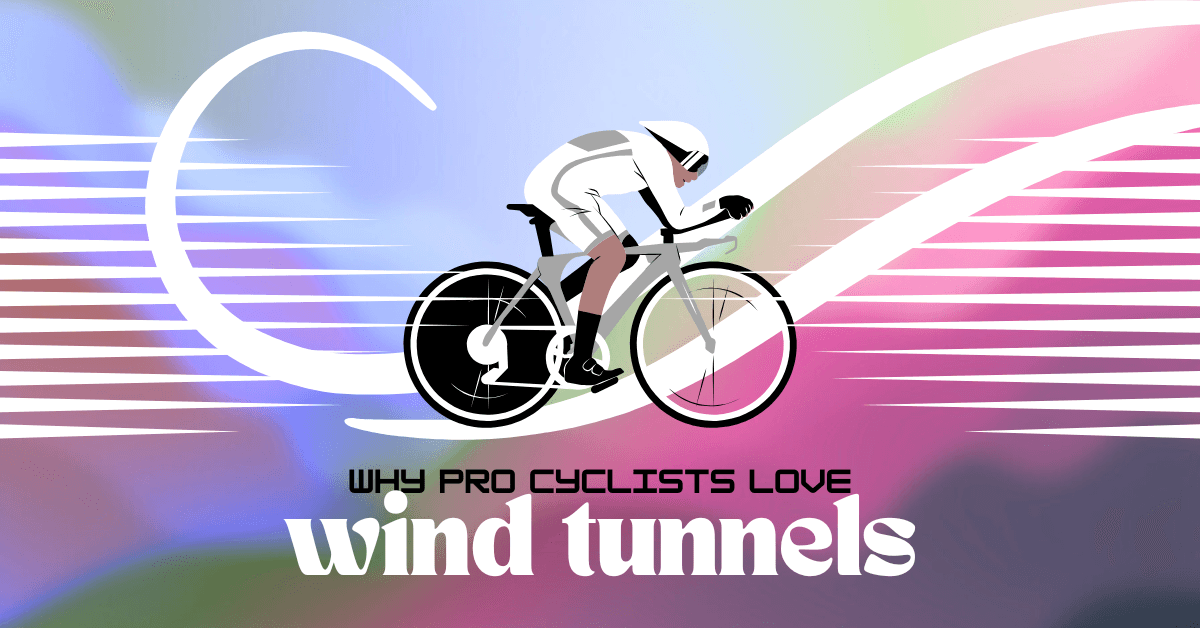
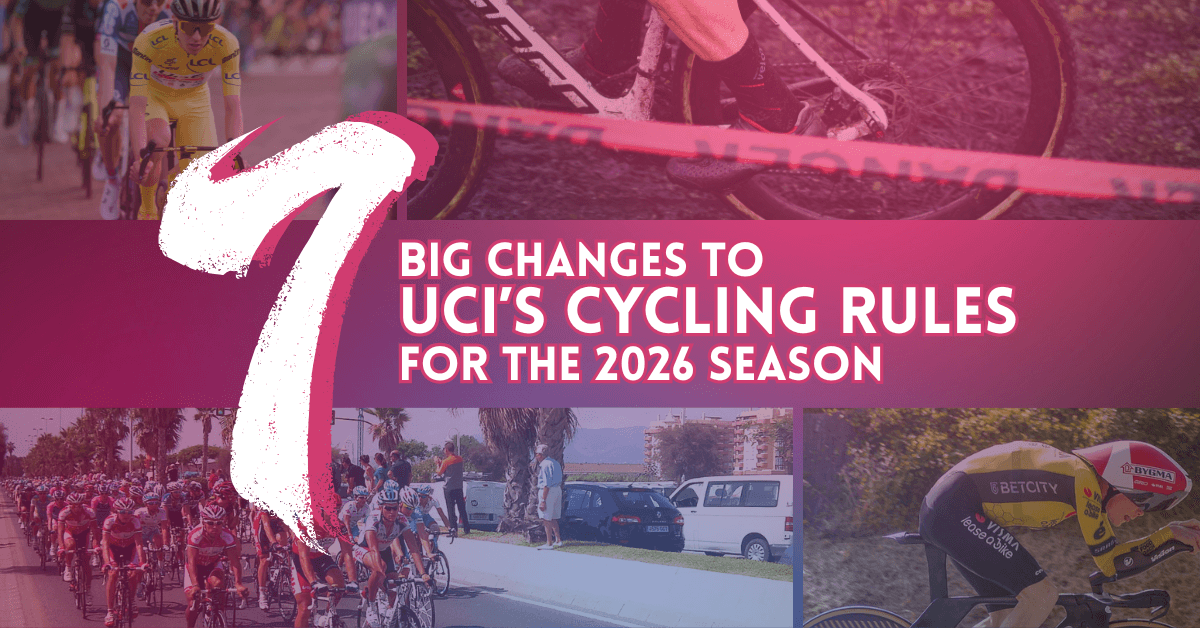



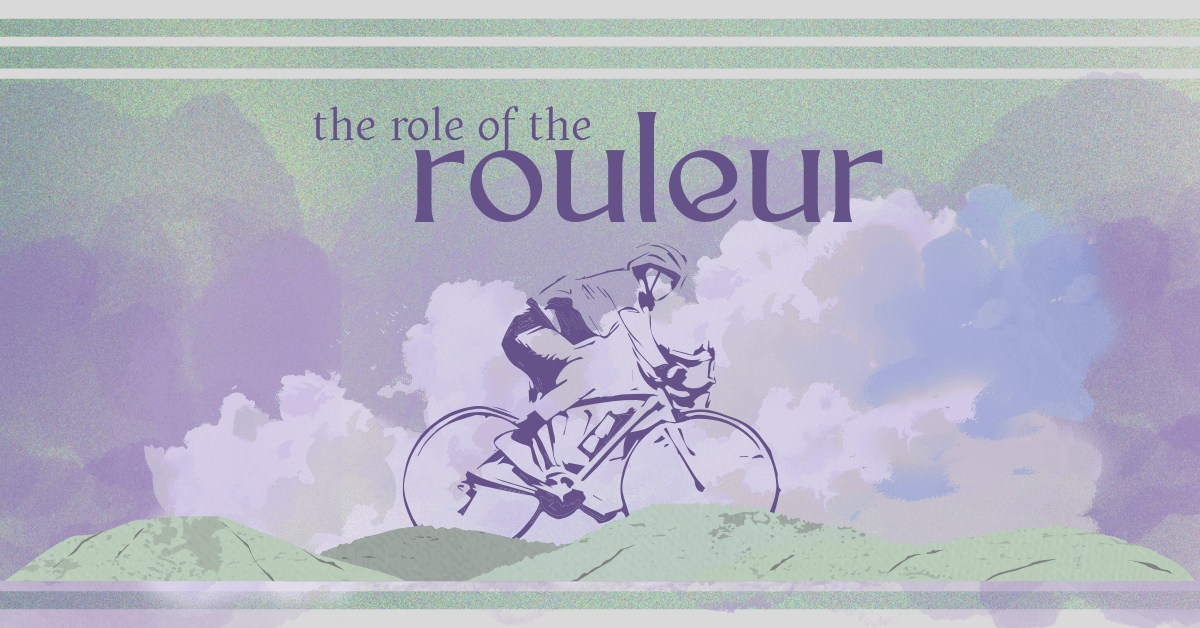
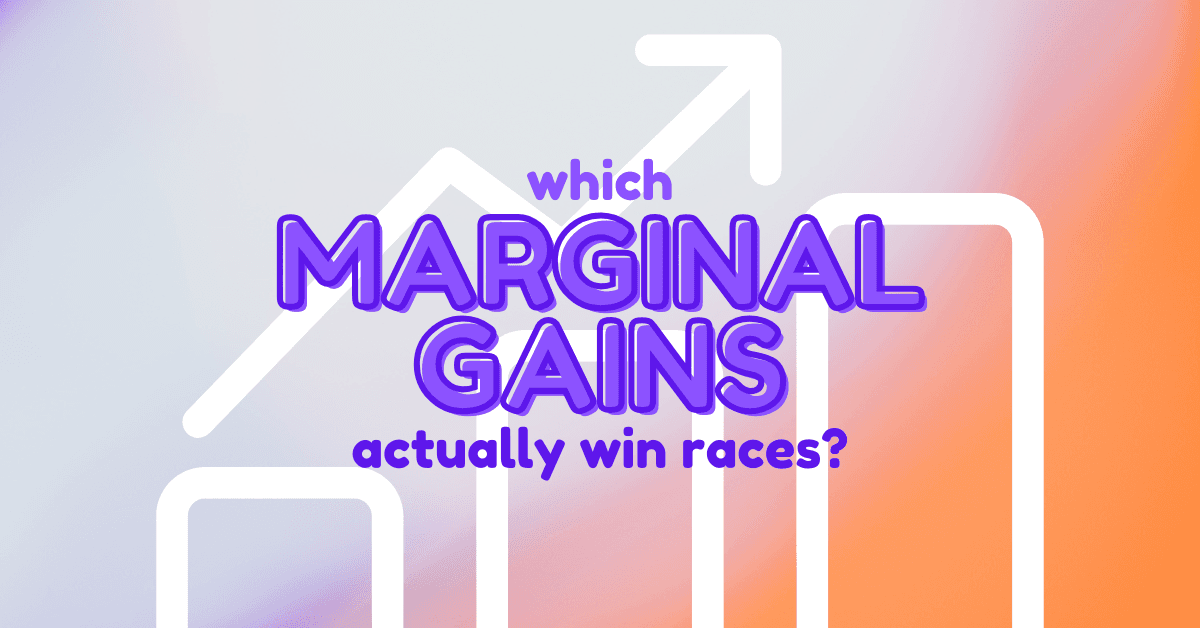

Leave a Reply